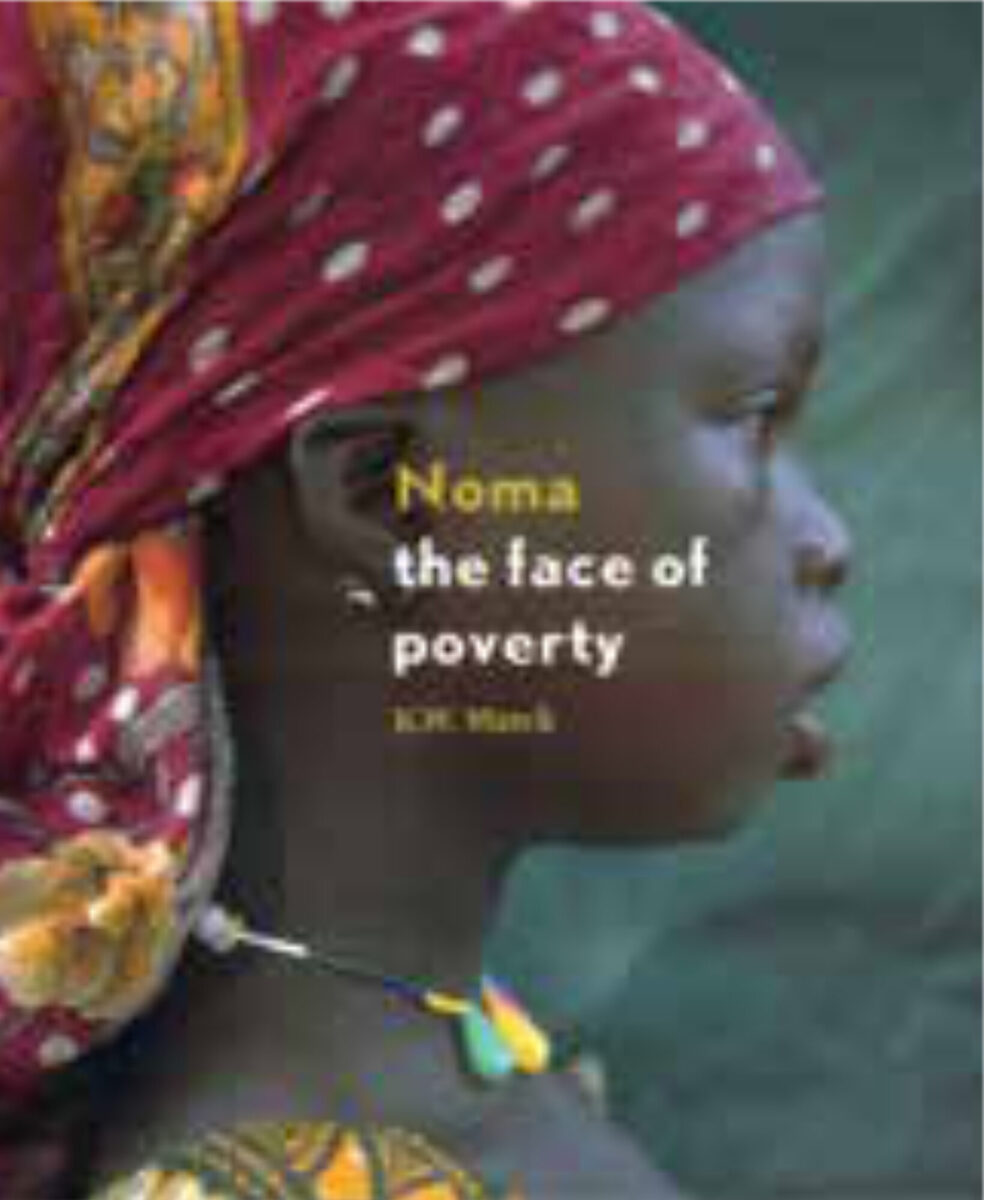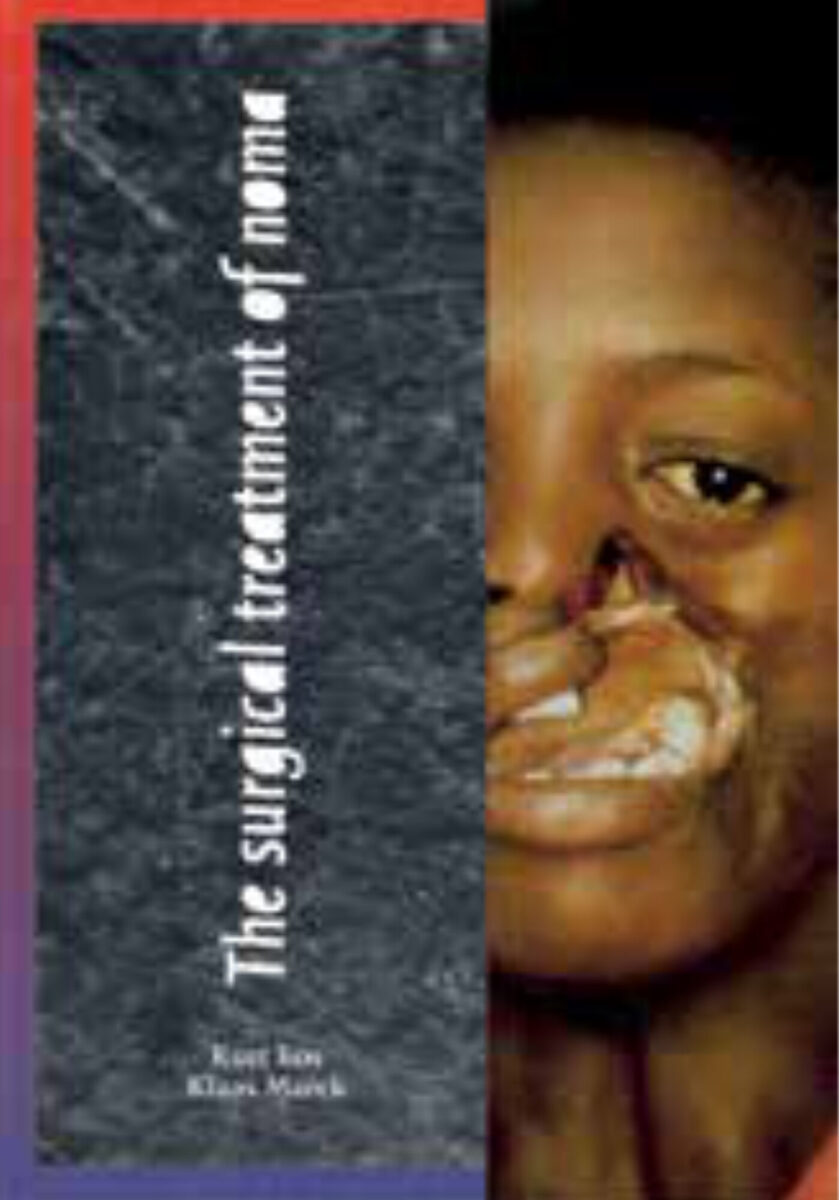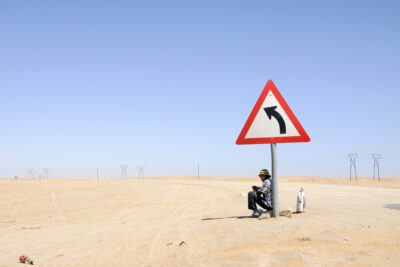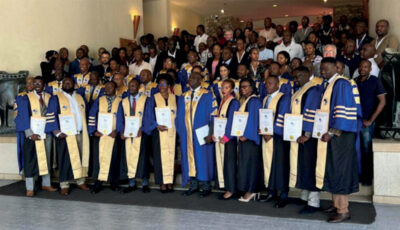Main content
In this new rubric, we would like to introduce you to col-leagues in global health and tropical medicine. They could be those who already have considerable experience and are looking back at their career, or those in a much earlier stage of their professional life – basically anyone who has a story to tell. We ask them about:
- their career and motivation to work in global health and tropical medicine
- the insights gained by working in low- and middle-income countries (LMICs) that are useful in the Dutch (healthcare) context
- advice for young professionals
- and finally, a personal book or film tip.
We hope you will enjoy the read and be inspired by our first guest, Klaas Marck.
Meet Klaas Marck: an advocate for noma
Klaas Marck is a retired plastic surgeon and the founder of the Dutch Noma Foundation. Until his retirement, he worked at the Medical Centre Leeuwarden, where he established a training in plastic surgery. Next to his medical career, he wrote several books about plastic surgery, especially noma, and his medical missions to LMICs. See also his contribution in this edition of the MTb about noma disease.
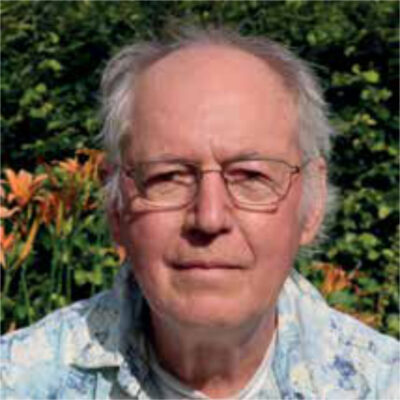
The inspiration
“The main reason to go to poor regions in the world was to help those in need who would otherwise not have access to surgery. That is why I spent some weeks of my holidays on medical mis-sions. Next to this I have always been curious about other cul-tures; as a student, I had already travelled the world. I think you need some intrinsic curiosity to work in the places I have been.“
A career in global health
I did my medical internship on Curaçao, which I really enjoyed, and stayed for almost two years. I also worked as an intern in Jamaica and for three months as general practitioner on Curaçao. Part of the plea-sure of working in this part of the world was being amongst a mixed population, for a great deal people with an African background. After my army duty, I was trained as general surgeon in the Clara Hospital in Rotterdam and the University Hospital in Groningen. After five years of general surgery, I specialized in plastic surgery in 1983-1986 and started my career as plastic surgeon in Leeuwarden. My first mission was in 1994 with the German organisation Interplast in an Afghan refugee hospital in the Pakistan city Pesjawar. It was a wonderful time because of the opportunity to gain more surgical experi-ence in a differ-ent culture, and extraordinary to work in such a heavily secured setting. Interplast was contacted to help children with noma in Africa, a disease I was not familiar with. Interplast was hesitant to go there, but a friend and colleague of mine asked me to join him to go to Africa and to operate on children with noma. Before going on these missions, I studied and read all I could find about its history, pathology and re-constructive surgery. This extensive study never ended and resulted in the book Noma, the true face of poverty. The book details the medi-cal and surgical dimensions of noma, but also its underlying root causes of extreme poverty and food short-ages, and the impact on child mortal-ity. Nowadays noma is limited to the poorest regions in the world, but it can happen all over the world. During my literature search, I even found a story of noma after a measles outbreak at the end of the 19th century in Leeuwarden, with only the children of the poorest families suffering from this disease.
The things I am proud of in my global health career include the establish-ment of the Dutch Noma Foundation, the organisation of many symposia, and the publications on noma and the underlying poverty problems.
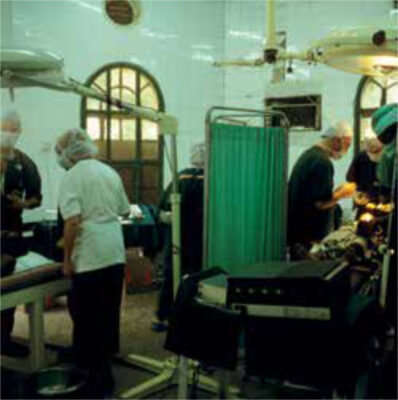
Insights gained by working in lmics useful for the dutch (healthcare) context
All the experiences in tropical medi-cine result in good travel advice and even treatment of travellers who go to or return from a tropical country. There should be some hospitals in the Netherlands with a good clinical department of tropical medicine that are known and easy to find by general prac-titioners or medical specialists when they need to refer a patient with an unknown tropical disease. Those departments already exist, but they should be more vis-ible in the Dutch healthcare setting.
Advice for young professionals at the start of their global health or tropical medicine career
Prepare yourself before you go to a dif-ferent country. Learn about the epide-miology and the treatment of endemic diseases, but even more importantly about the culture and beliefs of the local people. Also get informed about the hospital where you are going to work, and what the hospital can do for the population. If you are there, pay attention to the untouchables in this other culture. Probably there will be a long waiting line every day at your hospital, and please have a look at the people at the end of this waiting line; these people are the untouchables.
Book tips
Three books are really worth reading. The first one is The famished road writ-ten by Ben Okri. It tells the story of a child living in an Arabic culture. The way this child looks at the world and his thoughts about things made me better understand my patients with an Arabic background. The second book is The wealth and poverty of nations, written by David Saul Landes. He describes how an economy develops and the influ-ence of, amongst others, the climate on economic welfare, and why people living within the tropics have more difficulty in gaining economic success than people living outside the tropics. The last book is Ebbenhout [red.: in English: Shadow of the sun] by Ryszard Kapuścińksi, a poor journalist from Poland working in Africa. Because he could not afford to stay in fancy hotels and restaurants like his European colleagues from richer countries, he stayed among the local people and gained a whole different experience and view than the other journalists. He wrote a couple of books about his experiences in Africa, and Ebbenhout is one of them, my personal favourite.”
| The books Noma, the face of poverty (2003) and its Dutch version Noma, het ware gezicht van echte armoede (2001) are still available. They contain a travelogue about the first noma mission in 1996 to Sokoto, Nigeria, an extensive chapter on the history of noma and a state of the art chapter on noma. Also, the book The surgical treatment of noma (2006, by Kurt Bos and Klaas Marck) is still available. Readers who want to buy these books should send an email to the author. Each book costs € 10, postal costs excluded. |
